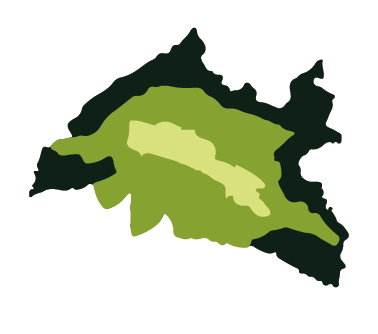
In most villages it is easy to find traditional products of excellent quality such as Iberian ham, sausages, cheeses, liqueurs, olive oil, honey, and pollen, some of which are included in and recognised by their corresponding Denominations of Origin.
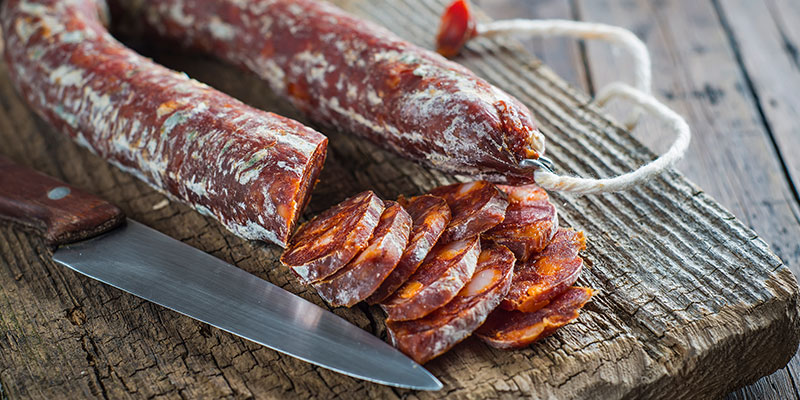
ham, loin, chorizo sausage, salami sausage, black pudding… the products made from pork of the Iberian pigs reared on montanera pastures and fed on acorns are the most highly appreciated from the Reserve. The undisputed star of Iberian products is the Acorn-fed Iberian Ham of the Dehesa de Extremadura Denomination of Origin, but the remainder should not be missed either.
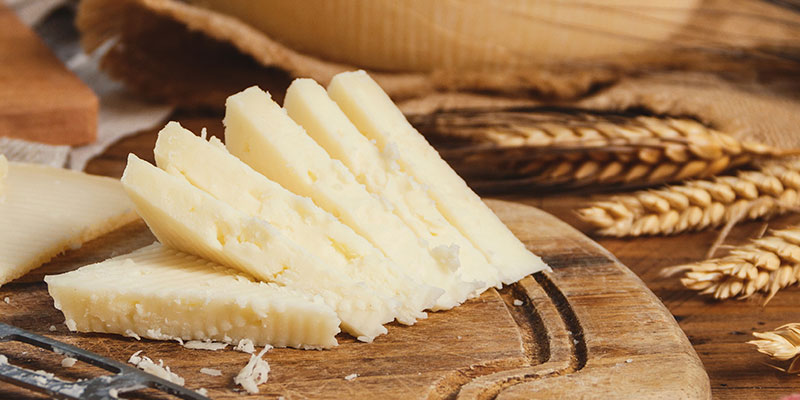
The dehesas of the Reserve are inhabited by sheep and goats which feed on their pastures and from which different cheeses are made in the traditional manner. If these animals are fed on their natural food they give high quality milk which in the hands of the cheesemakers of the territory becomes a delicacy which you can find fresh, soft, or cured in many restaurants and stores of the Reserve.
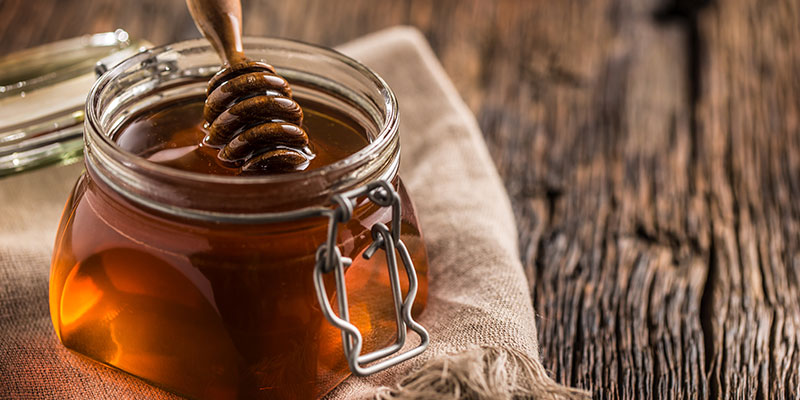
The honey of the Reserve varies greatly as a result of the diversity of the flora to be found in the territory: thyme, heather, rosemary, lavender, holm oak, rockrose… From these plants a highly aromatic honey is obtained with a special taste which is used in the making of traditional dishes and sweetmeats. You can also find pollen and jelly which are always provided by local beekeepers who maintain a centuries-old tradition.
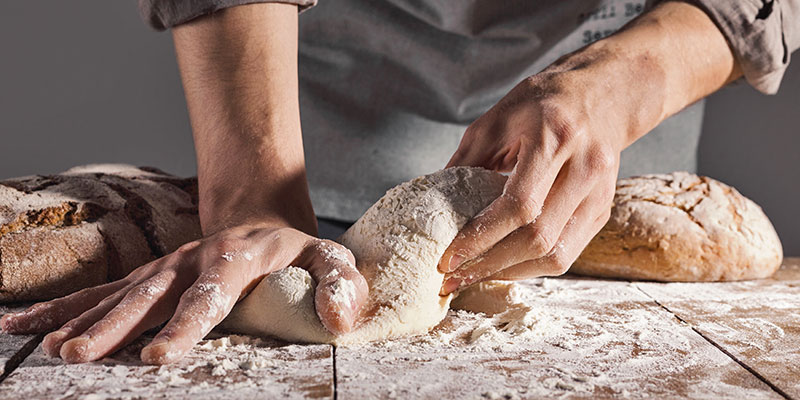
Many of the villages in the Reserve continue to have ovens and bakeries where bread is baked daily in the traditional manner. If you are strolling in any of the villages of the territory and the smell of newly baked bread reaches your nostrils, don’t hesitate to buy a stick or big loaf of bread for making sandwiches or eating with sausages or on its own. You won’t be able to resist it!
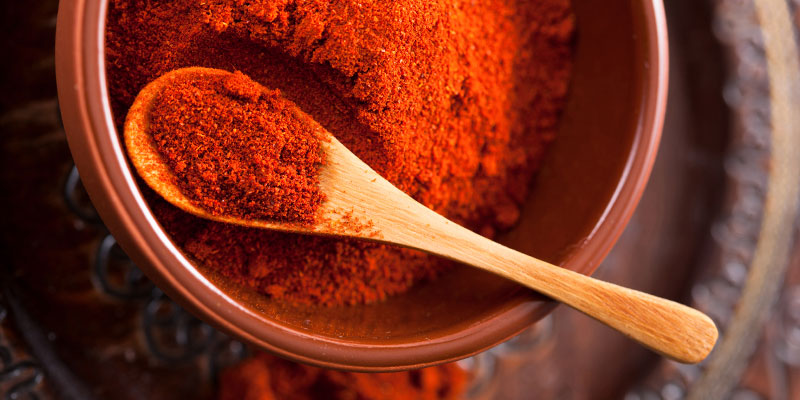
It can be found in many of the most typical dishes of the gastronomy of the Reserve to provide colour and its unmistakeable smoky flavour to breadcrumbs, stews, hotpots, and sausages. The proximity of the district of La Vera where this paprika with Protected Denomination of Origin is produced makes it one of the products we will most often find across the length and breadth of the Reserve.
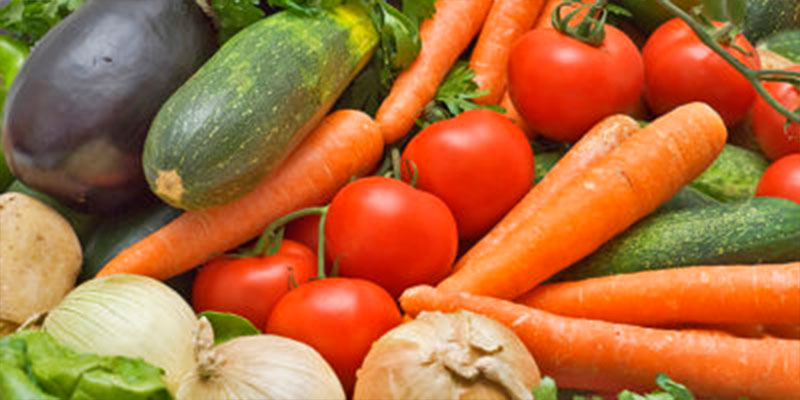
It is easy to find traditional kitchen gardens on the edges of the villages of the Reserve; they continue to provide seasonal vegetables in the old way which the inhabitants of the territory eat at home and sell in local stores and markets. Tomatoes, green beans, courgettes, pumpkins, cabbages… are presented in endless dishes and are healthy organic food.

Like everything else in it, the gastronomy of the Reserve is simple and natural and the main basis of its creations is high-quality ingredients. The vegetables of the kitchen garden and the fruits and honey of the dehesas are the undisputed stars of a recipe book which is unpretentious but full of flavour and tradition.
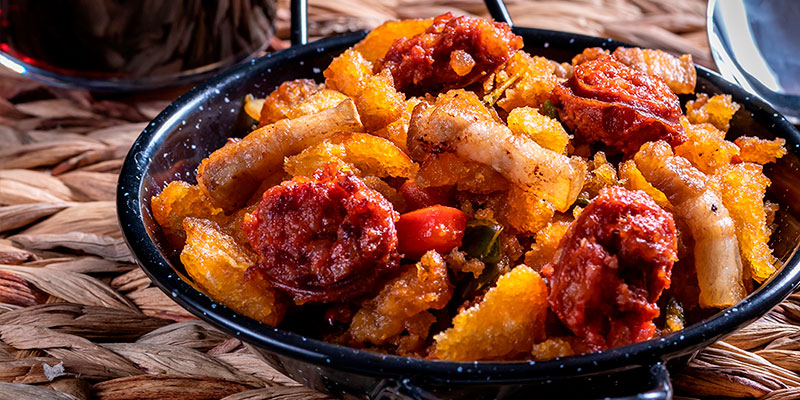
A humble dish but one full of flavour and nuances in which can be appreciated the quality of the products of the Reserve such as oven-made bread, acorn-fed chorizo sausage, Iberian bacon, paprika, and free-range eggs. This shepherds’ dish is one of the best known of the gastronomy of Extremadura and the Monfragüe Biosphere Reserve in which stockbreeding has a special place. Wherever you stop, try the breadcrumbs because they are unique to each place with different nuances.
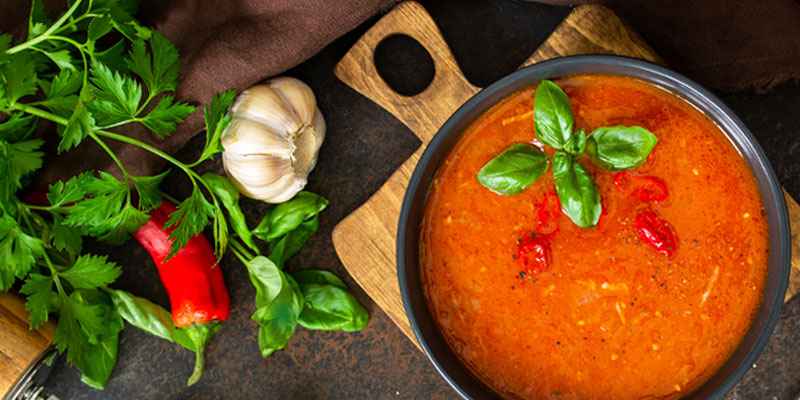
Whether in summer or winter soups are among the most traditional dishes of the Reserve. They are made with bread and other humble products such as vegetables, sausages, eggs, or fruit and should not be missed. Garlic soup for the winter, gazpacho for the summer, and the traditional tomato soup which can be eaten either hot or cold are some of the best known.
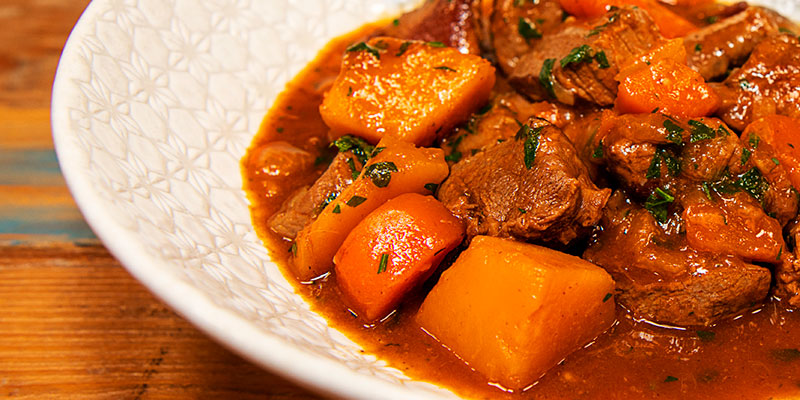
Cooked with venison or wild boar meat, meat stews or hotpots are among the most typical dishes of the gastronomy of the Reserve. There are as many different recipes as there are cooks but they all use greens, aromatic herbs, and meat. The result is a very tasty dish and no doubt you won’t leave as much as the sauce.
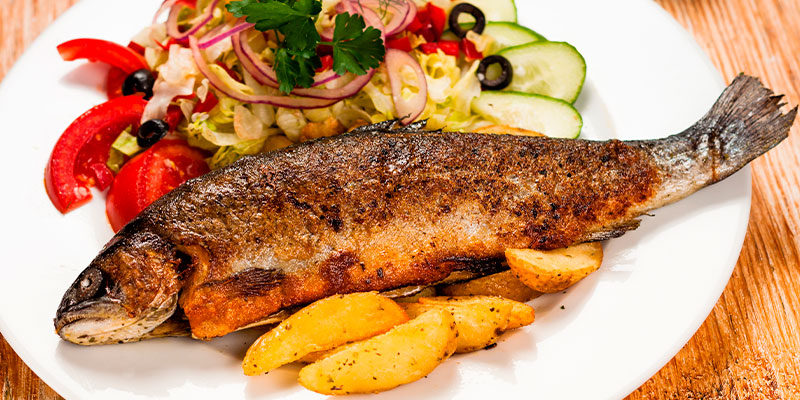
Trout with ham and fried tench are two of the most traditional fish dishes which you can sample of the gastronomy of the Reserve. Other traditional dishes are those made with cod such as rice with potatoes and cod and chickpeas with cod, especially at Easter and during Lent.
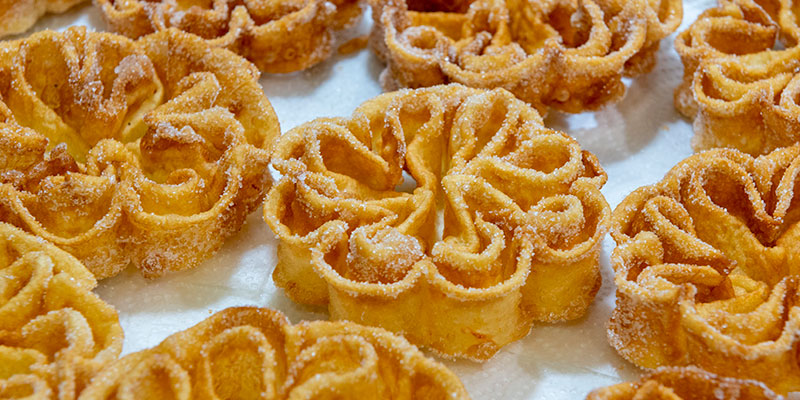
Floretas, doughnuts, tirabuzones, perrunillas, and mantecados are some of the typical sweetmeats you can find in the Reserve. They are made with flour, lard, fruit and nuts, olive oil, and honey and are traditionally eaten on holidays or to accompany a coffee or as a dessert. As each village has its own specialities it is best to ask the locals for advice.
CÁCERES PROVINCIAL
TOURIST INFORMATION
Biosphere Reserve
Visitors Centre
msuarezza@dip-caceres.es
+34 927 199 134








Copyright Monfragüe Biosphere Reserve | Designed by Peces Gordos Estudio
Aviso legal | Políticas de privacidad